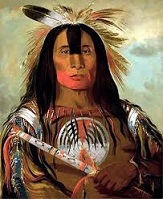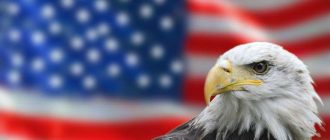Interested in Native American Indian paintings? Read on to find out what makes a particular Native American Indian painting special…
Although many people are curious about Native American Indian paintings, in truth this is one of the least traditional arts for the Native Americans. This is not to say that Native Americans did not paint. On the contrary painting was popular in many tribes but the paintings actually served as decoration for functional things.
Native American Indians would paint pictures and scenes on leather war shirts as well as tipi covers. They would also paint petroglyphs on the face of a cliff. However sand painting is one form of painting that has received particular attention.
Sand painting actually thrived as a religious art form. Today you will find many Navajo artists experimenting with the technique to produce secular modern artwork. Modern Native Indian paintings are a mixture of contemporary techniques with ancient themes.
Origins of Native American Sand Painting
It is believed that the Native Americans of the Southwestern region, particularly the Navajo people developed the technique of sand painting. Initially loose paintings were conducted on the grounds of Hogan. With the passage of time they began to paint on cloth tarpaulin and buckskin.
The Navajos have about a thousand different techniques of sand painting. The locals have a very different perspective of such paintings. They do not consider these paintings to be still life. Rather they believe them to be living things and treat the paintings with respect. Each religious ceremony had over thirty paintings associated with it.
The Natives would use naturally colored sand as well as crushed gypsum, red sandstone, yellow ochre as well as a mixture of gypsum and charcoal to produce a shade of blue. They would mix red and black to make brown and white with red to make pink. They would also make use of coloring agents such as flower pollen, corn meal, bark and powdered roots.
These paintings were believed to have special healing powers. This is why we find the subject matter of these paintings to be centered on Holy People and Yeibicheii. They were created by special people known as Medicine Men and they would continue to chant while making the painting calling the yeibicheii to help in the treatment of the patients.
The Navajos would have many different ceremonies with sand paintings. These ceremonial paintings were conducted in sequences often accompanies by chants. The process could go on for a couple of days. Because of the fact that sand painting was considered to be sacred to the Natives, they enforced certain laws in place to protect its honor.
Amongst the laws was the prohibition of women to sing with the yeibicheii and a prohibition on creating a mockery of the Medicine Man himself. The Navajos were always and still are against the notion of photographing sand painting because they do not wish to disrupt the flow of the sacred ceremony.





